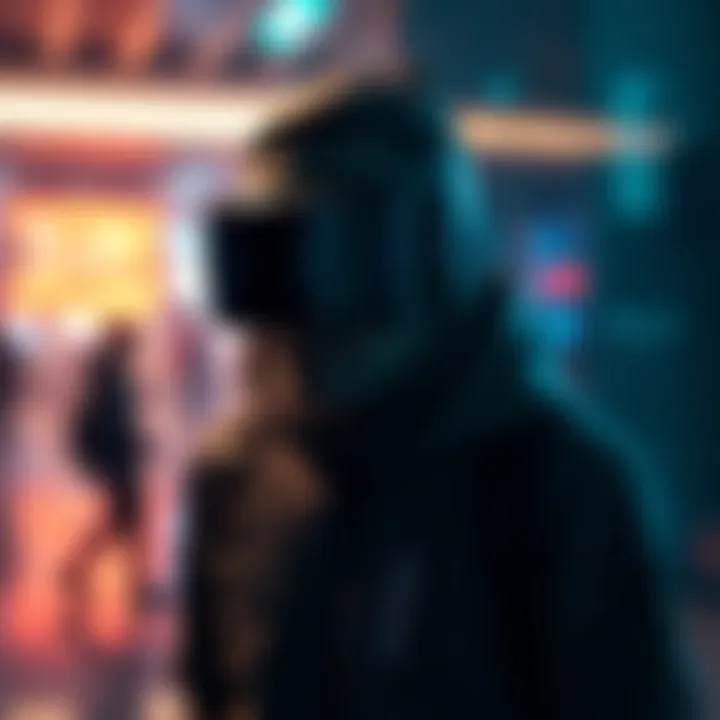Could Future Tech Make Us Invisible? | New Insights from Forum Discussions

A recent forum debate is intensifying among gamers regarding the potential for real-life invisibility. Participants raised questions about how advanced technology and tactics might enable people to blend into their surroundings, particularly in well-lit environments.
Unpacking the Human Drive for Invisibility
The discussion emerged when a gamer expressed genuine curiosity about how feasible it is to equip oneself with gear that provides invisibility, even in a moderately lit room. As the convo started in a gaming context, it stirs thoughts about broader implications for personal privacy and military applications.
Key Insights from Online Discourse
From the recent exchanges, several insights emerged:
Adaptive Camouflage: Participants noted the importance of wearing dark clothing or colors that match the environment to enhance invisibility. One comment pointed out that clothing should even avoid normal human silhouettes.
Presence and Movement: A few users discussed tactics—suggesting that blending into the background requires not only the right attire but also body positioning and minimal movement. Being motionless or taking soft breaths may help one stay hidden better.
Environmental Factors: Others emphasized that achieving invisibility significantly relies on the surrounding light conditions. It was pointed out that surprising strategies, like standing behind a bright light, could create shadows that help conceal an individual. The best colors to wear differ based on whether one is in daylight or at night—dark browns and greens often serve better, though pure black can stand out under night vision
"It's bloody difficult to hide in bright settings but tricks can help!"
Perspectives on the Feasibility of Invisibility
Feedback varied widely; some participants expressed skepticism about true invisibility being attainable. Conversely, others remain optimistic, asserting that tech developments can surprise us.
"There’s research into materials that can break up human silhouettes, making one less noticeable."
In contrast, more cynical views highlighted the challenges posed by modern detection technologies. The idea of "invisibility gear" was met with skepticism regarding potential societal applications, as security measures like motion sensors become more sophisticated.
Mixed Reactions
As the dialogue progressed, sentiments remained mixed. Key themes surfaced:
Skepticism about Realism: Many firmly believe that what exists now isn’t sufficient for actual invisibility, citing practical challenges.
Innovative Potential: Some voices sparked hope for future advancements that might redefine invisibility.
Cultural Reflections: The questions surrounding invisibility resonate with larger issues of privacy rights and security.
Key Points
⚫ Wearing the right colors, like dark blue or green, can improve the chances of blending in.
🔦 Tricks like exploiting light and shadow can help enhance concealment efforts.
❗ Valid discussions continue regarding the societal implications of potential invisibility tech, emphasizing a need for caution.
As technology evolves, the dream of invisibility may transition from mere fantasy into reality, impacting social norms concerning privacy and personal safety.
